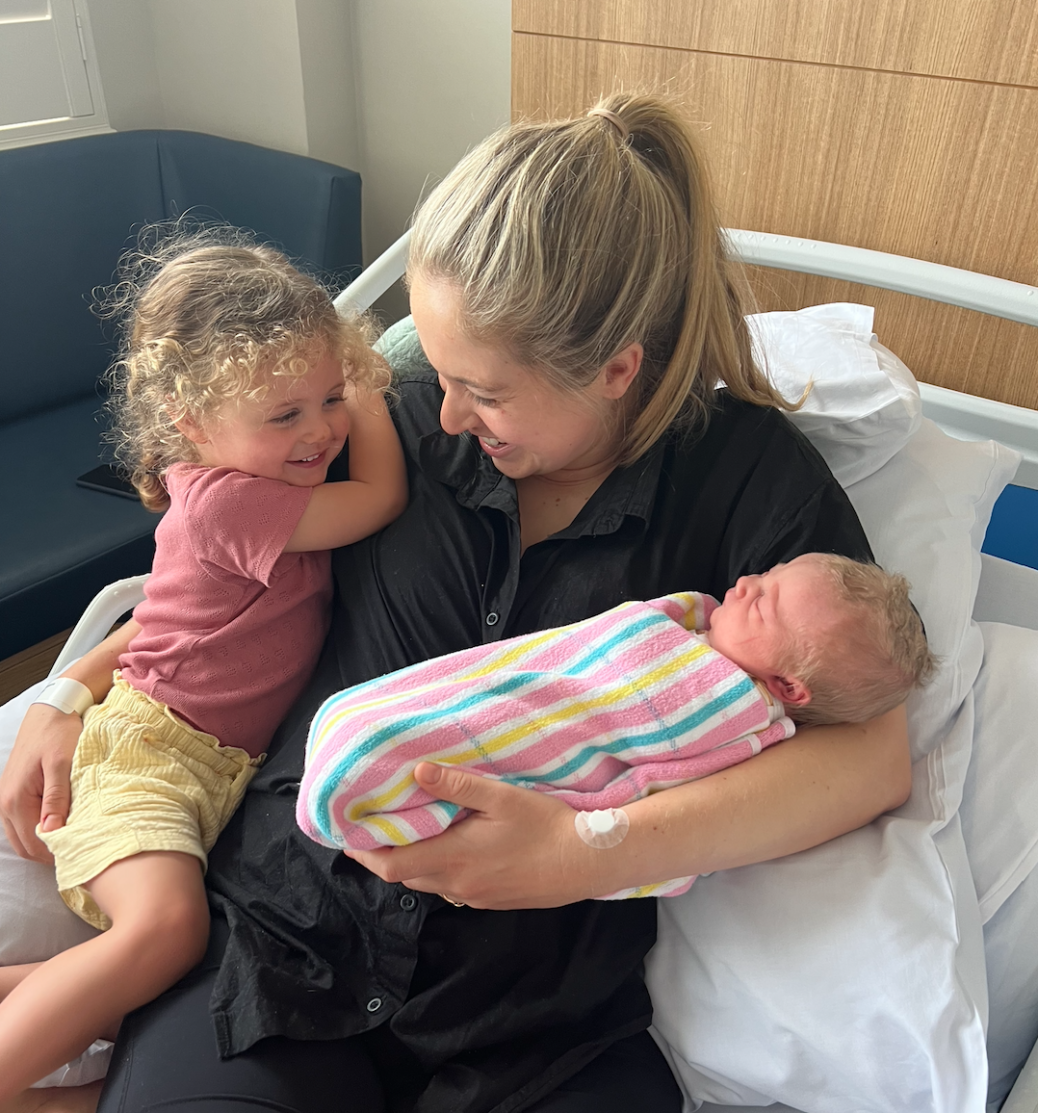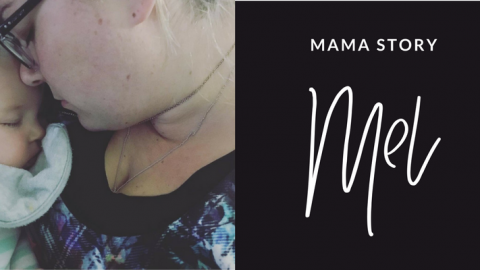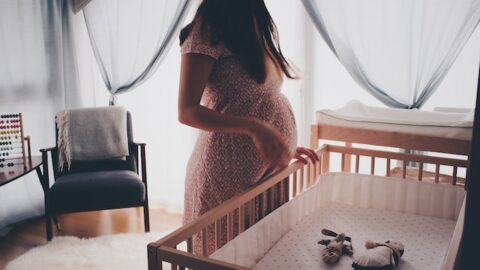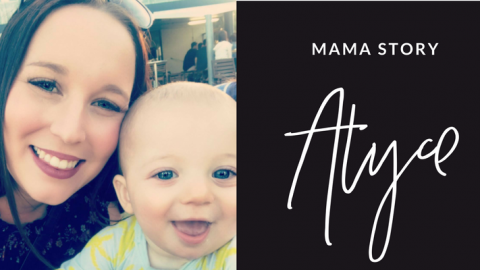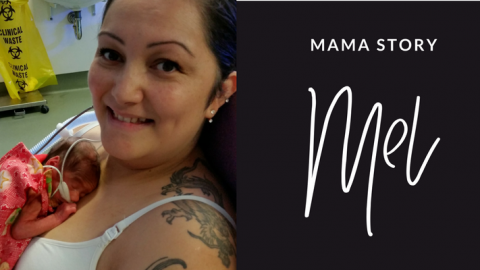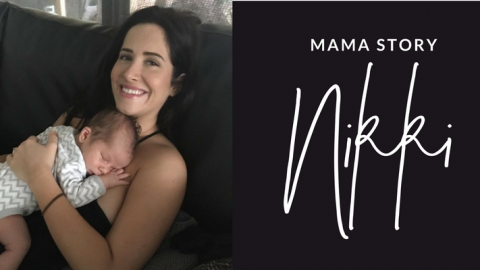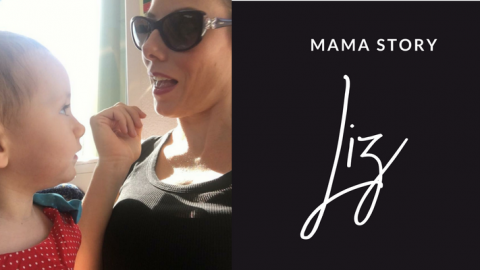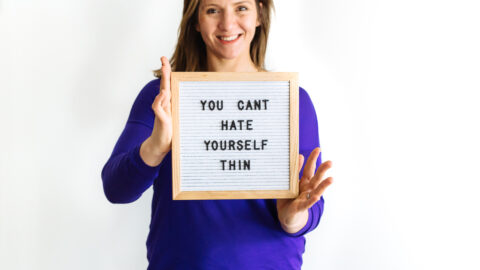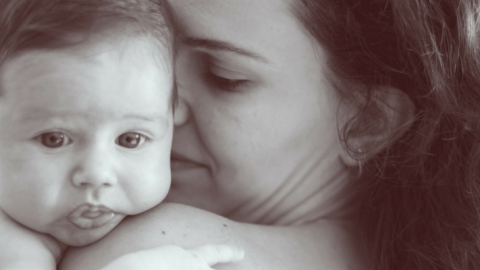What to expect in the first days after birth (and how to recover)
Brianna Dalgleish admits that as a first-time mum-to-be, her hospital bag was packed full of Instagramable baby outfits, gorgeous swaddles and other unnecessary baby items.
“But who can blame me?” Bri says. “I hadn’t been through this process before and I thought I would be swept up in a newborn wonderland!”
Bri describes those first few days with her first baby as having “many beautiful moments.” But adds with honesty, “There were also some challenging times that I wish I had prepared for.”
As a physiotherapist specialising in pelvic floor physiotherapy, Bri supports women through important life stages, including new and expecting mothers as they prepare for and recover from birth.
Combining her expertise, and reflecting on what she really needed to support her recovery and make her transition to motherhood easier (probably not those Instagramable baby outfits), here are 5 hard moments after birth that Bri wants birthing women to know about – plus what can help.
How to boost recovery from birth
1.The first poo after birth: Water, HydrolyteⓇ, MovicolⓇ
Bri explains that the first poo is dreaded by all vaginal-birthing mums.
The pain relief administered during and after birth, plus the process (workout) of birthing can leave you dehydrated. This dehydration increases your chances of becoming constipated, making a bowel movement even more difficult for an area of your body that may be experiencing pain, swelling, or have stitches following a tear or episiotomy.
Thankfully, some products can make this uncomfortable experience a little easier!
- Always keep a large water bottle with you – bonus points if you can open it one-handed!
- Add a dose of Hydrolyte to your water bottle to help boost your hydration.
- A dose of Movicol can also help keep your bowel motion soft and easier to pass.
(As with any pharmaceuticals, always check with your healthcare provider to make sure they are right for you.)
2. The first wee: UralⓇ, peri spray bottle
Bri says that if you’ve ever used hand sanitiser on a paper cut, then you can imagine what your first wee after birth might feel like. The good news? There are simple ways to avoid this.
- Use a product like UralⓇ. This can help reduce the acidity from your wee and therefore decrease stinging while peeing.
- A peri spray bottle (or a perennial irrigation bottle if you want to get fancy). This nifty device allows you to squirt water on the vaginal area while you wee, which can also help dilute your urine and its acidity, and any associated stinging.
3. Engorged breasts: Ice packs, HydrogelⓇ breast pads
While in previous decades (and centuries!) women used cold lettuce leaves to relieve breast engorgement, we’re now fortunate to have specific ice packs to help reduce breast tenderness.
After birth, your breasts can feel sore and swollen when your milk comes in. That’s because engorgement has a lot to do with swelling caused by changes in the breast tissue as they adapt to the increased milk supply. .
- Use HydrogelⓇ breast pads for some relief.
- Apply a little lanolin balm to soothe cracked nipples as you start feeding.
4. Swollen labia: Perineal ice packs, compression tights or compression shorts
Not one to hold back on discussing all things post-birth, Bri says that a swollen labia was “Something I wasn’t warned about before having a baby. And wow, was it a surprise!”
“But,” she adds, “it makes so much sense… When we roll our ankle it swells up. So it’s not surprising that our labia, vulva and vagina swell after birthing a baby.”
While our body is clever and floods the vaginal area with chemicals to help with healing, we’re left to deal with some rather uncomfortable swelling. But there are a few ways we can control the swelling and help reduce the associated pain.
- Use perineal ice packs on the area. Not only are these a great reusable option, there is good evidence that supports that perineal ice packs can decrease pain caused by swelling for up to 72 hours after birth.
- Quality compression tights, or compression shorts (the ones that pull up to under your bra line).
Bri recommends these compression garments as they can help to reduce swelling and provide extra comfort. They can also reduce abdominal separation if worn for the first 6-10 weeks after birth. Bonus!
5. Postpartum bleeding
Whether you have a vaginal birth, or your baby is delivered via caesarean section, postpartum bleeding is something that cannot be avoided.
Your hospital may provide you with nappies, however these are usually big and bulky. Here’s what Bri recommends instead:
- Postpartum underwear/ pull-ups. These are more comfortable and discreet to wear.
- Reusable period undies
Switch from the postpartum underwear to period undies for the remaining six weeks once the bleeding has reduced (this is usually around day three). Period undies will cause less irritation than disposable pads, and they’re better for the planet too!
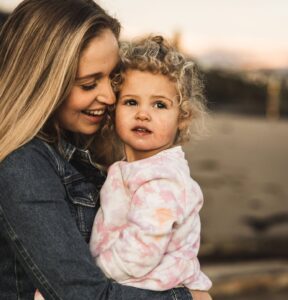 Brianna Dalgleish
Brianna Dalgleish
As a pelvic floor physiotherapist and a mum, Brianna Dalgleish knows how important – and how challenging – the first few days after birth can be.
If you’d like information and support on preparing for birth or how to recover from birth, you can download her free factsheets, and explore The Mother Movement website.

